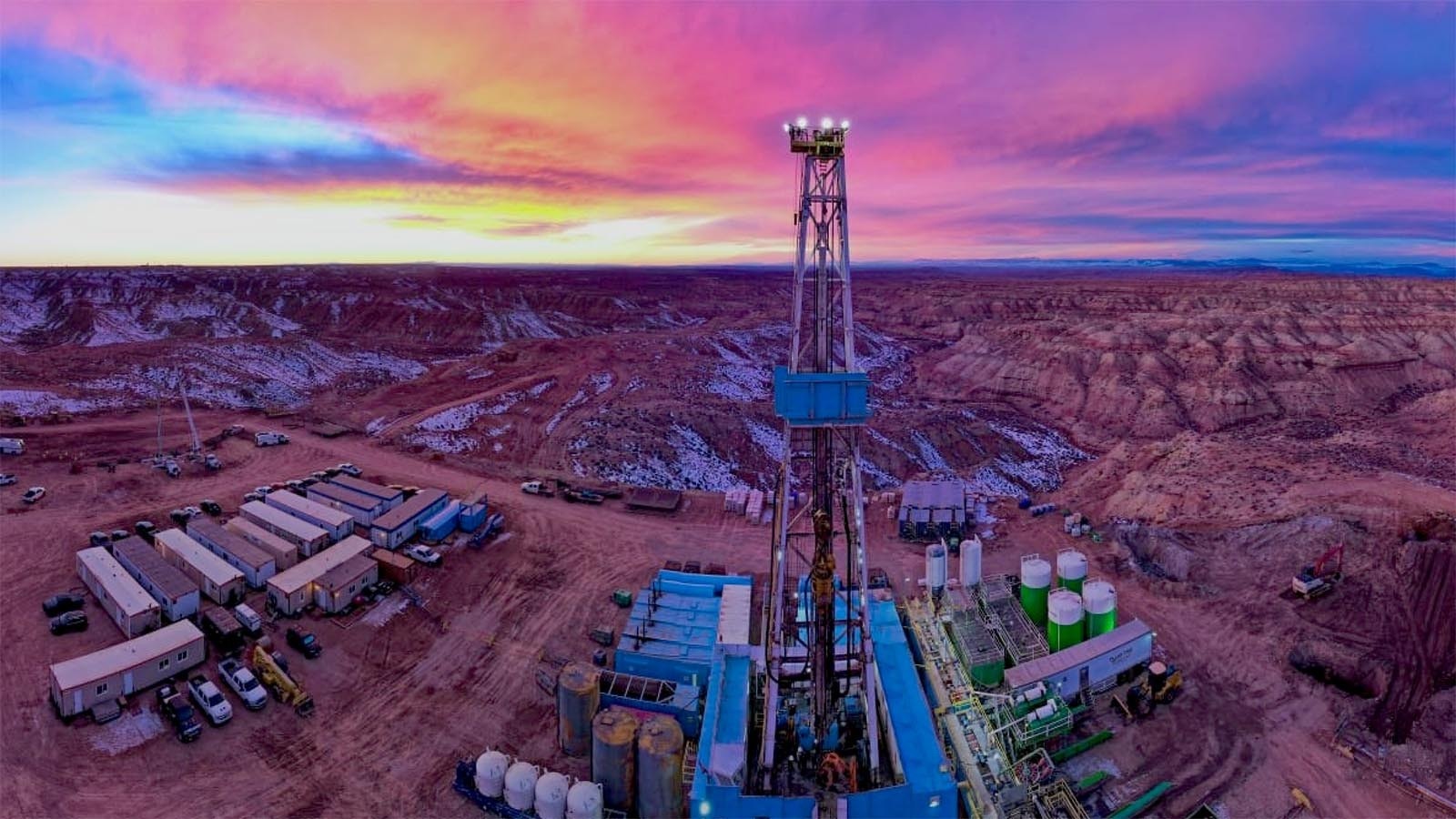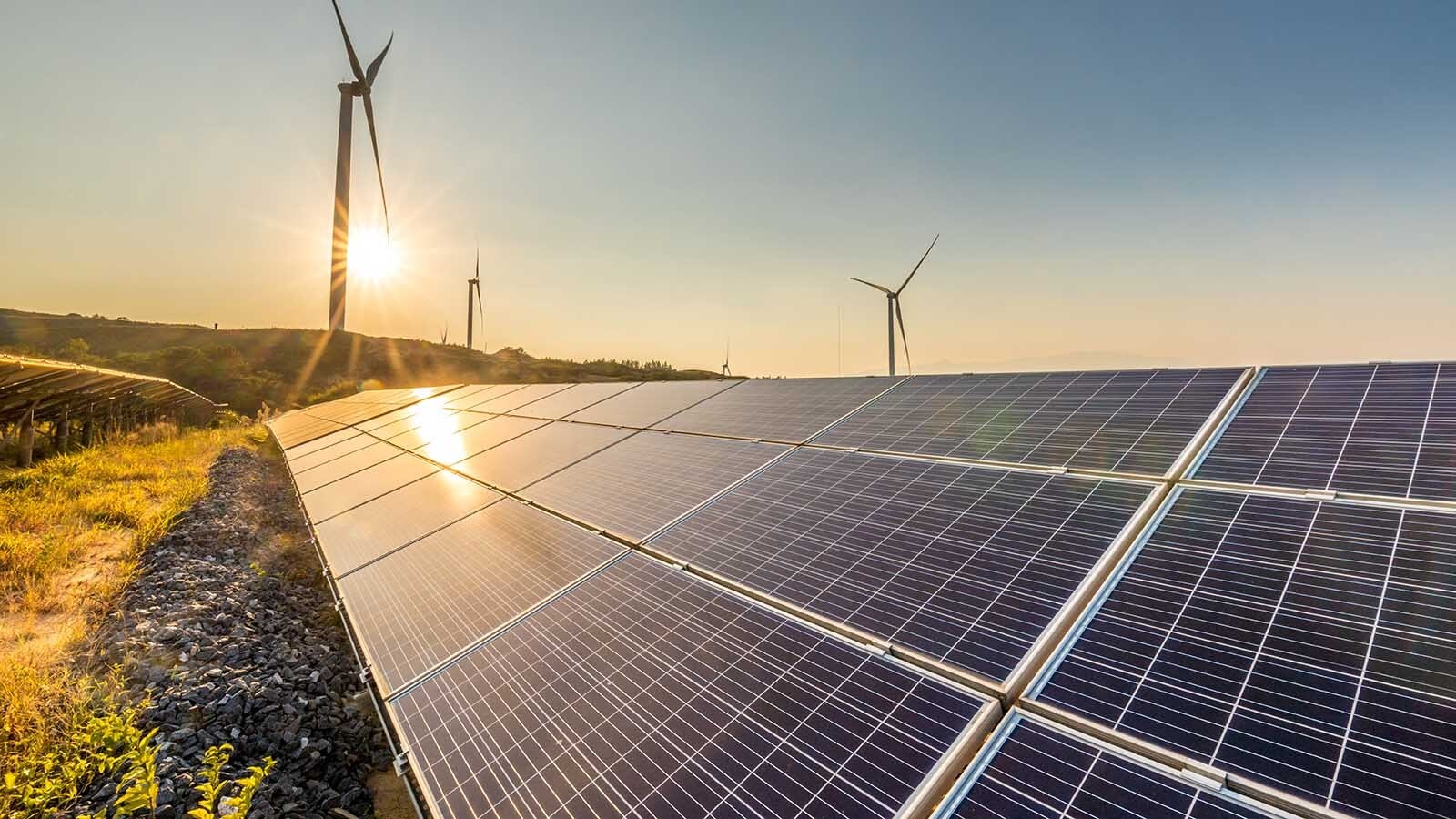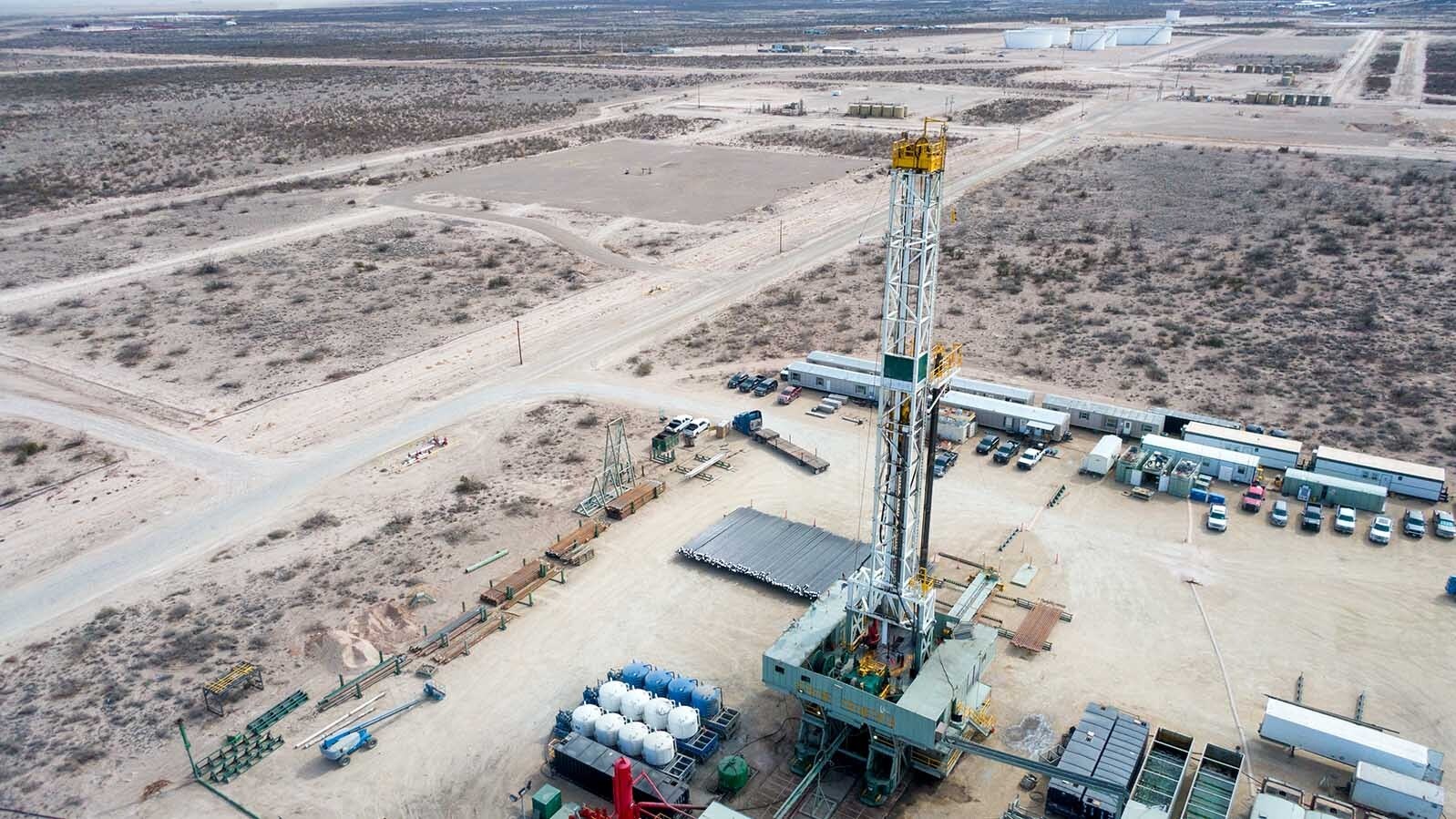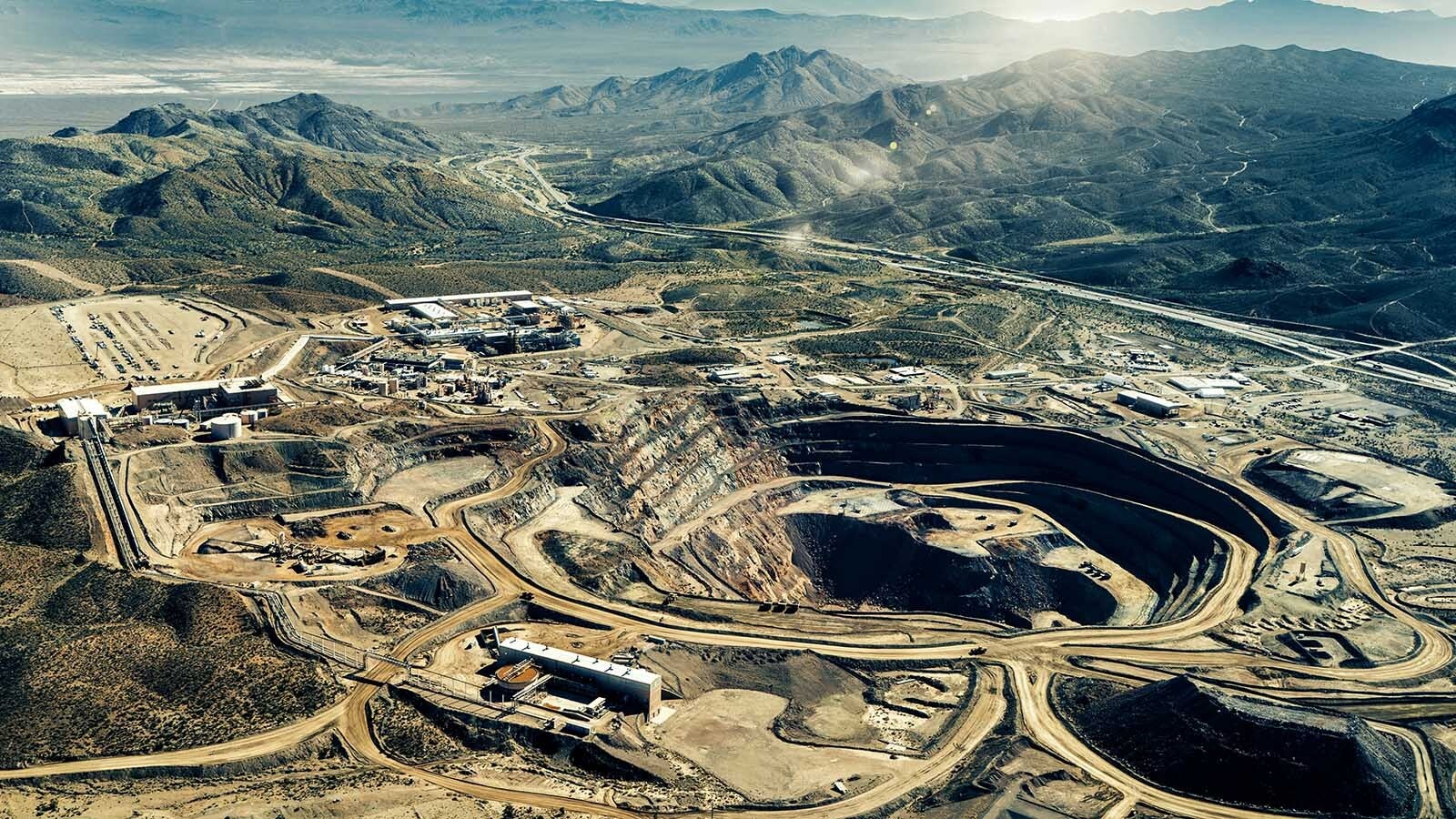If you’re wondering where those huge wind turbine blades go after they age and can no longer generate electricity in about 20 to 30 years, there’s a good chance that you’re not the only one wondering.
Landfills across the northern plains states from Casper, Wyoming, to Sioux City, South Dakota, and Lake Mills, Iowa, once accepted old wind turbine blades and buried them in their landfills.
No longer.
These landfills either won’t accept the fiberglass blades or won’t return phone calls to discuss their policies. Utility companies won’t explain the working relationship with landfills and the extent of their recycler efforts.
For sure, some blades are are being sawed into furniture as one company has proposed or ground up and recycled for other fiberglass uses. The American Clean Power Association has suggested that one recycler may be blending the fiberglass with concrete as a steely reinforcer.
Recycling the blades is top of mind for the renewable energy industry. Even the federal government’s National Renewable Energy Laboratory based in Golden, Colorado, is studying the issue.
Top research players include Canvus, located in Avon, Ohio, which turns decommissioned wind turbine blades into park benches, picnic tables and other creative furniture for public spaces.
Casper-based ReviablEnergy has come up with what it calls an “end-of-life wind energy services” program for blade recycling. And Vestas-American Wind Technology Inc., which has an innovative blade “circulatory” program, according to Matt Coleman, a Vestas spokesman in Portland, Oregon.
GE Vernova spokeswoman Treacy Reynolds declined to comment on her company’s blade recycling program. GE is a leading maker of wind turbines and has a strong presence in the blade market.
When they’re not recycled or put in local landfills, discarded turbine blades are stored on plots of land that some have dubbed “turbine graveyards.”
How deep?
But how strong is the relationship between these recyclers and electric utilities?
A spokesman for the billionaire Warren Buffett-owned utility giant PacifiCorp, which oversees Rocky Mountain Power in Wyoming, couldn’t immediately comment on where its old blades go.
Neither could a spokeswoman with Black Hills Energy, which had a blade damaged by a lightning strike July 17 at the Corriedale wind farm west of Cheyenne, immediately comment on where the blades are disposed of.
Cindie Langston, the solid waste division manager for the city of Casper, said that the Oil City will accept wind turbines for disposal, but “no wind farm operators have called us for disposal services” in a few years.
To date, the Casper landfill has received wind turbine blades from wind farms in Glenrock, Arlington, Saratoga and Hanna with 1,124 turbines buried there as of Sept. 16, 2020. The landfill has received a little over $602,000 for taking the blades.
No blades have arrived since mid-2021, Langston said.
If a wind farm operator wants to dump blades in Casper’s landfill, it can’t just roll them into the dump, she said. Each 120-foot-long blade must be cut into three equal sections and delivered by a semitrailer.
Wind farms repurpose and recycle 90% of all the materials that go into a wind turbine, but the only material not recyclable is the fiberglass, which includes the blades and motor housing components, Langston said.
“We don’t accept them anymore,” said Ryan Bechtold, supervisor of the Sioux Falls Regional Landfill in South Dakota.
“I’m pretty sure they have to be shredded into really tiny pieces before we’d accept them,” he said. “But no one does this, so they don’t bring any blades to us. That is the requirement. They can’t meet the requirement, so they don’t bring them to us.”

Ground Into ‘Mulch'
He explained that new rules for his landfill requires that wind farm owners “grind the blades into mulch.”
Bechtold said that he really doesn’t know where the blades go now.
After the Sioux City landfill conducted a study on the blades, it found problems with compaction of the dirt and shards of the blades.
“We cut up maybe twelve into 30-foot sections, but the disposal of the blades never advanced beyond the pilot program,” said Bechtold of the 18 or 19 that eventually made it into his city’s dump.
“No one meets our criteria today, so no one brings them to us. They must be ground up in 4-inch chunks or less,” he said. “That is cost-prohibitive to do. From the landfill side of things, we won’t take them because they eat up so much space.”
Bechtold said he hasn’t been contacted in two years from wind farm operators on disposal of old blades.
“I think they’re just getting stored somewhere,” he said. “The last trade conference I attended, there was some talk about a new technology to break them down, but I don’t know who is doing that.”
A supervisor for the Lake Mills, Iowa, landfill referred questions on its shifting policy on wind turbine blade disposal to Julie Ketchum, a spokeswoman with Waste Management Inc., an $84 billion waste services company based in Houston, Texas.
Ketchum did not immediately return phone calls seeking comment on whether the Lake Mills landfill continues to accept retired wind turbine blades.
“Even if landfilled, turbine blades represent an exceedingly small portion of the waste going into U.S. landfills and are among the least environmentally harmful materials entering them,” said Jason Ryan, a spokesman with the American Clean Power Association, a Washington, D.C.-based trade group for renewable energy.

Bad For Fish?
If you ask Amy DiSibio, who summers on the island of Nantucket, about where wind blades are getting dumped, she’ll tell you that no one seems to care.
She’s been picking up scraps of blade debris along the shoreline of Nantucket since last month when a 351-foot-long offshore wind turbine dropped into the sea. The chards of fiberglass and other “car-sized” pieces of debris have washed up on beaches all along the New England coastline.
The collapse of the turbine and blades happened at Vineyard Wind, the nation’s largest offshore wind project, after it began delivering power this year to the electrical grid in the northeast U.S.
The accident south of Cape Cod, Massachusetts, involved the country’s largest offshore wind farm.
“The blade blew up,” DiSibio told Cowboy State Daily. “It’s been a mess here and we aren’t getting a lot of answers.”
DiSibio, who is a member of ACK for Whales, is helping to lead some efforts to regulate the disposal of the old blades as well as get answers on what happened with the offshore wind turbine explosion.
ACK, which is an activist group for North Atlantic Right Whales, is challenging the Vineyard wind project on a number of issues, including endangerment of whales and other marine life.
The pieces were found in Cape Cod, Nantucket, Martha’s Vineyard and Montauk, a village at the east end of the Long Island peninsula in New York.
“We know a big piece fell to the bottom of the sea,” DiSibio said. “Some of the adhesive and fiberglass comes off in your hands, and the glittery small stuff is eaten by fish and ingested.”
She is mystified by where the blade pieces and wind turbine parts have been taken for disposal.
“They’ve hauled six or seven truckloads of debris out of here,” she said. “Where does it go?”
Pat Maio can be reached at pat@cowboystatedaily.com.





